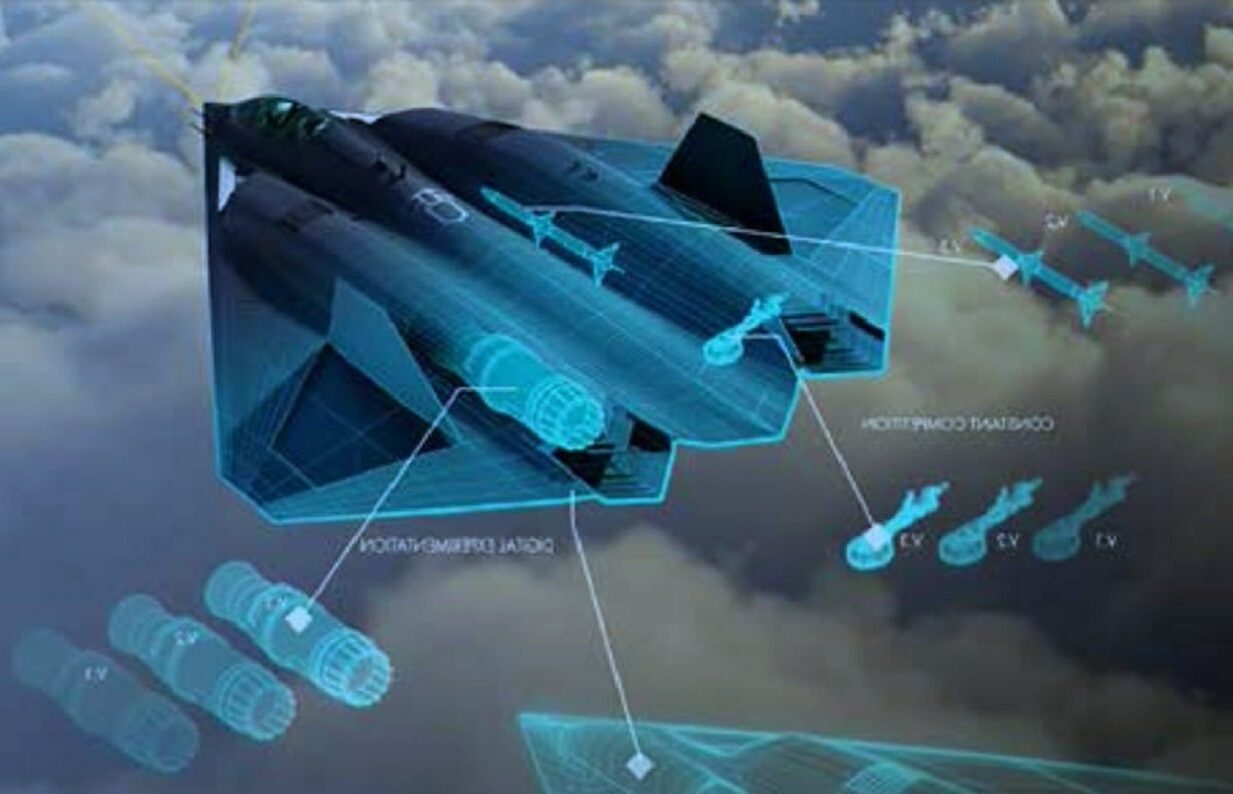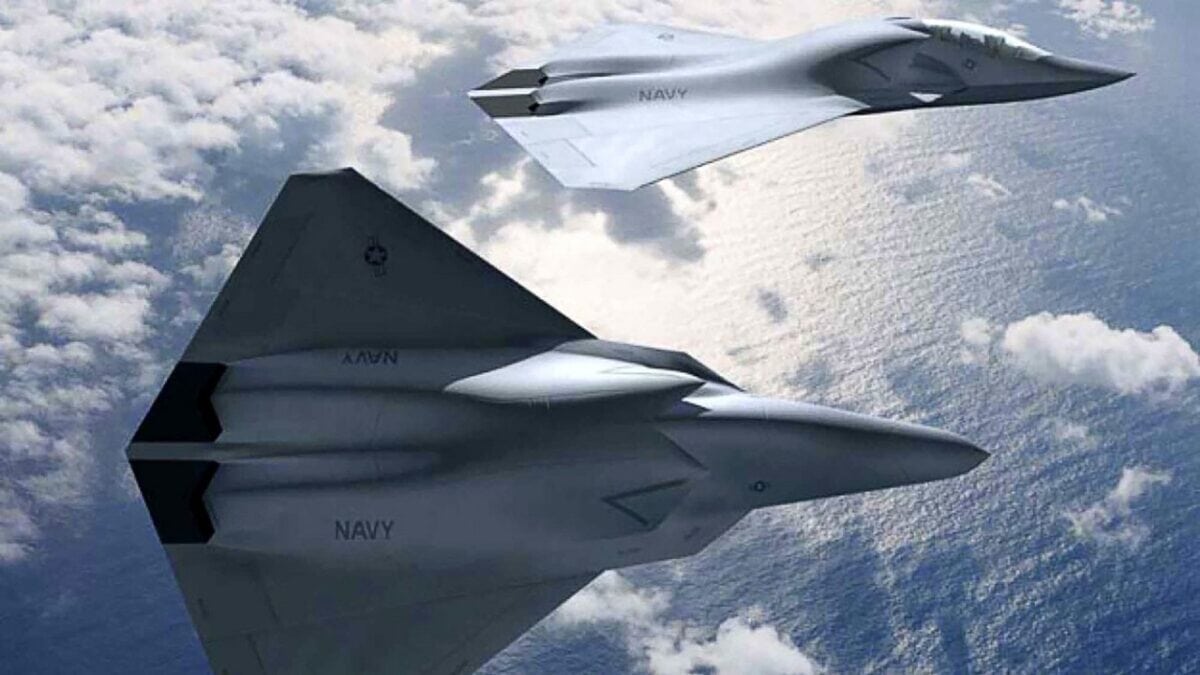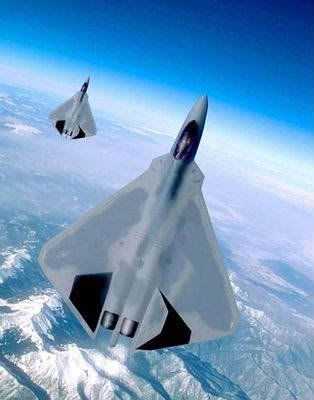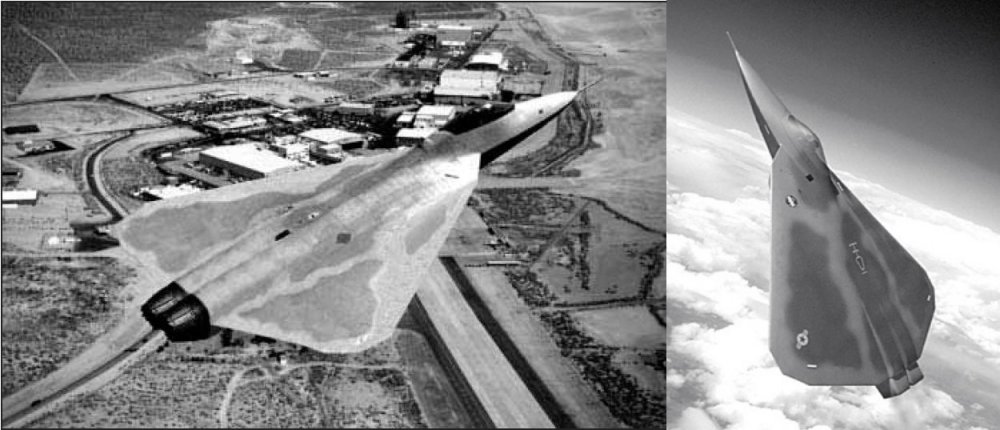The Lockheed X-44 MANTA existed as an offshoot of the then-soon-to-be F-22 Raptor line – it being a tailless aircraft relying on thrust vectoring for extreme agility.

NGAD Image from US Government Report. Image Credit: Creative Commons.
During the 1980s, the United States Air Force (USAF) formulated the “Advanced Tactical Fighter” (ATF) program to find America’s next frontline combat fighter. This eventually led to a fly-off between the Lockheed Martin YF-22 and the Northrop Grumman YF-23 (both detailed elsewhere on this site). The former won out and the YF-22 was introduced (as the “Raptor”) into service with the USAF in December of 2005 – becoming the world’s first 5th Generation Fighter platform.

US Navy 6th generation fighter jet artist rendering. Image Credit: Boeing.
Even while the F-22 was in development, a heavily-modified form of the aircraft was under consideration as the X-44 “MANTA” (“Multi-Axis, No-Tail Aircraft”). This program offshoot was essentially the base F-22 Raptor design sans its tailplanes. The type was seen as a technology demonstrator to test the validity of controlling a combat fighter without traditional tailplanes being fitted. The result, showcased only through concept artwork, was an aircraft that held the front- and mid-section of the original F-22 but carried a “stretched” delta wing mainplane. It was to retain the twin, side-by-side turbofan engine arrangement with thrust-vectoring but lacked the outward-cranked vertical tail fins as well as the horizontal tailplanes.

As it stood, the aircraft would have been controlled solely by the thrust vectoring system coupled with control surfaces found on the wing mainplanes – the hope being that the fighter would have been extremely agile, offer reduced drag and greater efficiency, and keep much (if not all) of its inherent stealth properties intact. The X-44 MANTA was always seen as a possible candidate for a future combat warplane so it would also have held on to the F-22’s internal weapons bay. Due to the nature of the delta wing and its large surface area and increased internal volume, the MANTA would have carried more internal fuel and thus increased operational ranges when compared to the F-22.

The X-44 MANTA remained a proposed “experimental” over the course of its short life. Some interest in the product was had by both the USAF as well as NASA but little came of this for the project seems to have died off sometime around the year 2000. The X-44 designation resurfaced in another Lockheed product, this being the “X-44A”, a deep-fuselage, tailless unmanned aircraft system used in the development of more advanced drones for the company (including the “Sentinel”).

It is the product of many hours of research and work made possible with the help of contributors, veterans, insiders, and topic specialists. If you happen upon this text anywhere else on the internet or in print, please let us know at MilitaryFactory AT gmail DOT com so that we may take appropriate action against the offender / offending site and continue to protect this original work.
Source: militaryfactory.com








